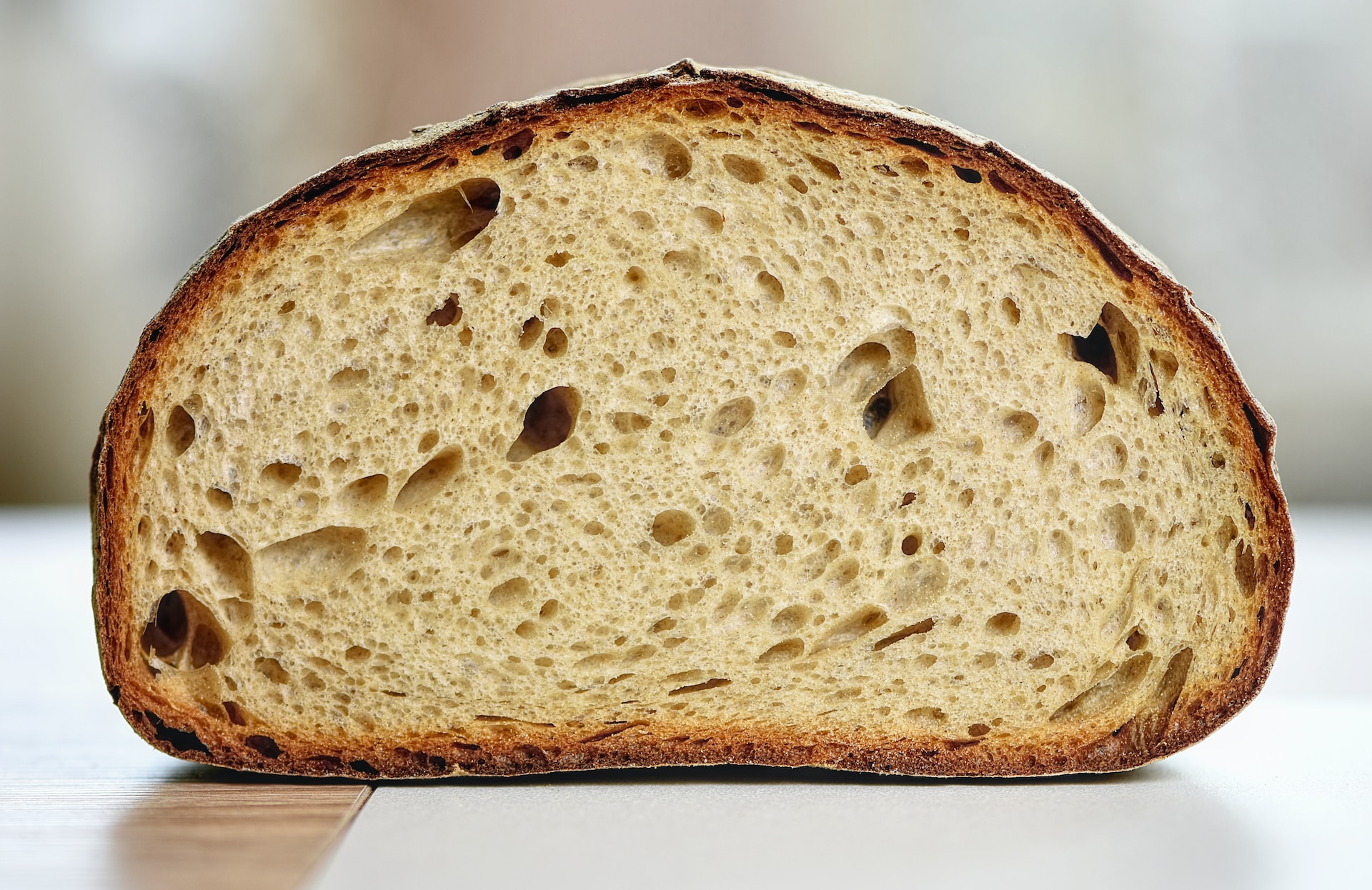Bread, for many, is a part of daily life. Every morning, with the aroma of yeast and warm steam, bread awakens our taste buds, heralding the start of a new day. And there’s a tool, simple yet indispensable: the bread knife.
Unlike regular kitchen knives, a bread knife features a series of serrations. These intricate, wave-like teeth, reminiscent of the contours of mountains, are both aesthetic and functional. Indeed, they are the soul of the bread knife. It is these serrations that allow the knife to smoothly slice breads of varying softness without squashing them, preserving the bread’s integrity and freshness.

How to use a bread knife to slice bread?
When we grasp the bread knife, we should gently saw the surface of the bread without applying too much pressure. The serrations naturally penetrate the bread, much like sawing wood, with ease and precision. Slicing bread is less about strength and more about technique. Treat it gently, and the bread rewards you with a perfect slice, enhancing your breakfast experience.
How to sharpen the serrated edge of a bread knife?
For many homemakers and baking enthusiasts, keeping a bread knife sharp becomes a challenge. Indeed, traditional sharpening stones aren’t suitable for serrated blades. The best approach is to use specific sharpening tools, such as diamond sharpening rods, which can easily fit between the serrations. Of course, if you’re not confident in your skills, it’s advisable to seek professional sharpening services, ensuring not only the blade’s sharpness but also its protection from damage.

Can a bread knife be used to cut vegetables?
While primarily designed for bread, in some instances, a bread knife can be used to slice vegetables, especially fibrous ones like celery or leeks. However, it might not be ideal for harder ingredients like carrots or pumpkins.
The bread knife, an often-overlooked tool, indeed carries many emotions and memories from our lives. Every time I pick it up, I’m reminded of the cherished breakfast moments spent with family. Whether it’s slicing bread or other ingredients, the bread knife remains an indispensable companion in our kitchens.
May every slice of bread bring you warmth and satisfaction, just as every bread knife brings convenience and joy to our lives.
“Bread Knife: The Poetry and Practicality in Life”
Bread, for many, is a part of daily life. Every morning, with the aroma of yeast and warm steam, bread awakens our taste buds, heralding the start of a new day. And there’s a tool, simple yet indispensable: the bread knife.
Unlike regular kitchen knives, a bread knife features a series of serrations. These intricate, wave-like teeth, reminiscent of the contours of mountains, are both aesthetic and functional. Indeed, they are the soul of the bread knife. It is these serrations that allow the knife to smoothly slice breads of varying softness without squashing them, preserving the bread’s integrity and freshness.
How to use a bread knife to slice bread?
When we grasp the bread knife, we should gently saw the surface of the bread without applying too much pressure. The serrations naturally penetrate the bread, much like sawing wood, with ease and precision. Slicing bread is less about strength and more about technique. Treat it gently, and the bread rewards you with a perfect slice, enhancing your breakfast experience.
How to sharpen the serrated edge of a bread knife?
For many homemakers and baking enthusiasts, keeping a bread knife sharp becomes a challenge. Indeed, traditional sharpening stones aren’t suitable for serrated blades. The best approach is to use specific sharpening tools, such as diamond sharpening rods, which can easily fit between the serrations. Of course, if you’re not confident in your skills, it’s advisable to seek professional sharpening services, ensuring not only the blade’s sharpness but also its protection from damage.

The serrated edge
1. Structure: The serrations of a bread knife are typically wavy or “V” shaped. These small, sharp serrations allow the bread knife to saw through the crust without compressing or tearing the bread’s interior.
2. Structure: The serrations of a bread knife are typically wavy or “V” shaped. These small, sharp serrations allow the bread knife to saw through the crust without compressing or tearing the bread’s interior.
3.Advantages: Due to the sawing action, you almost don’t need to apply downward pressure when using a bread knife. Simply move the blade back and forth, and the serrations will naturally penetrate the food surface, producing a neat cut.
4. Maintenance: The serrations of a bread knife can be more challenging to sharpen than other blade types. However, since the serrations are small and close together, they rarely need sharpening in everyday use.
Can a bread knife be used to cut vegetables?
While primarily designed for bread, in some instances, a bread knife can be used to slice vegetables, especially fibrous ones like celery or leeks. However, it might not be ideal for harder ingredients like carrots or pumpkins.
The bread knife, an often-overlooked tool, indeed carries many emotions and memories from our lives. Every time I pick it up, I’m reminded of the cherished breakfast moments spent with family. Whether it’s slicing bread or other ingredients, the bread knife remains an indispensable companion in our kitchens.
May every slice of bread bring you warmth and satisfaction, just as every bread knife brings convenience and joy to our lives.
